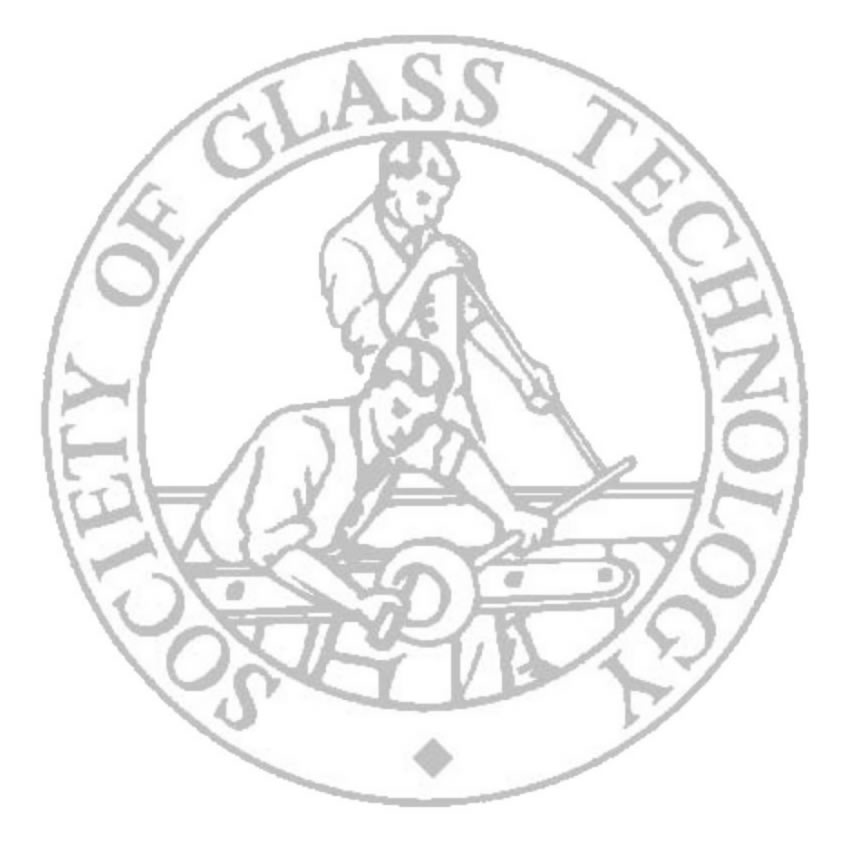
Cambridge 2008
|
Jonathan Phillips , Imperial College London (MEng Student)
Wastes generated during the pyrochemical processing of Pu metal are typically rich in actinide and oxide species. Disposal of these wastes using currently available waste forms, such as vitrification in borosilicate glass, is not possible due to the low solubility of chlorides and actinide species in the host matrix. A calcium phosphate phase encapsulated within a sodium aluminium phosphate glass has been proposed as a candidate material to store legacy wastes, from nuclear weapons development and research programmes.
The immobilisation process used for this study involved mixing a calcined waste simulant powder with a sodium aluminium phosphate glass powder. The resultant mixture was sintered in a uniaxial hot press under vacuum. The aim of the research was to determine whether a waste form with a high relative density could be obtained by increasing the ‘holding’ time that pressure was applied to the sample during hot pressing at the lowest possible processing temperature.
Back to New Researchers Programme
| SGT Home page |